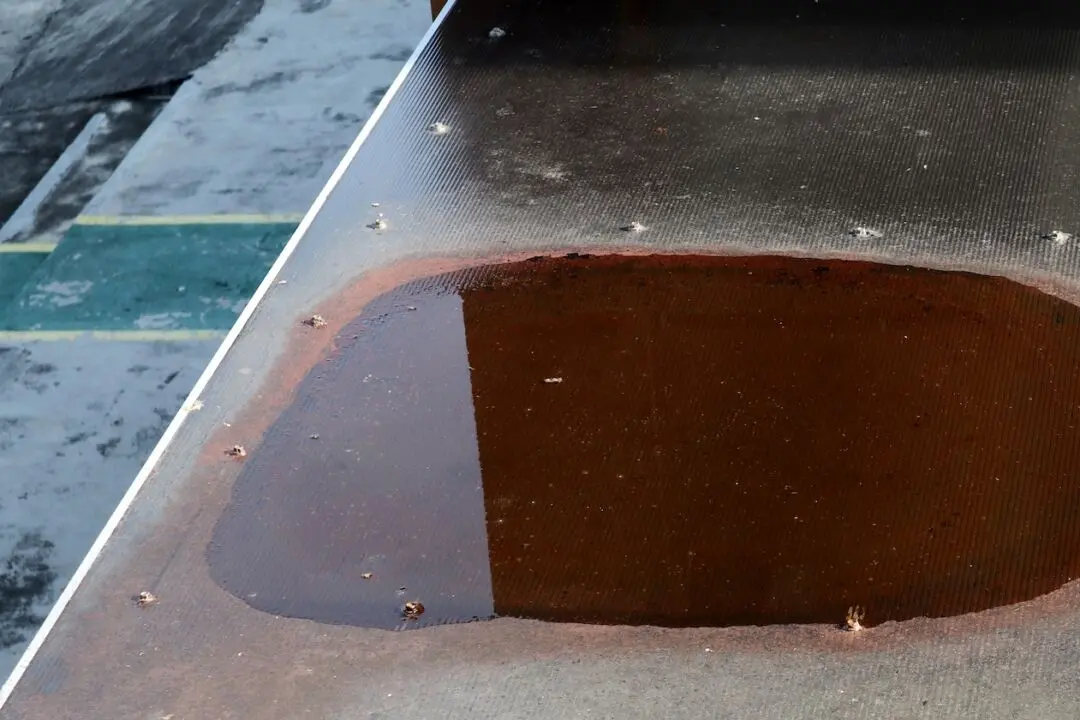Dear James: Our 5-year-old room addition to our house has a flat roof that has started to leak. What is the best method to find the leak and fix it ourselves if possible? —Wendy L.
Dear Wendy: Flat roofs do not typically have as long a leak-free life as pitched shingle roofs for obvious reasons, but one should last longer than five years. Unless you have had severe hailstorms, the leak was probably caused by errors in sealing joints properly during installation.





